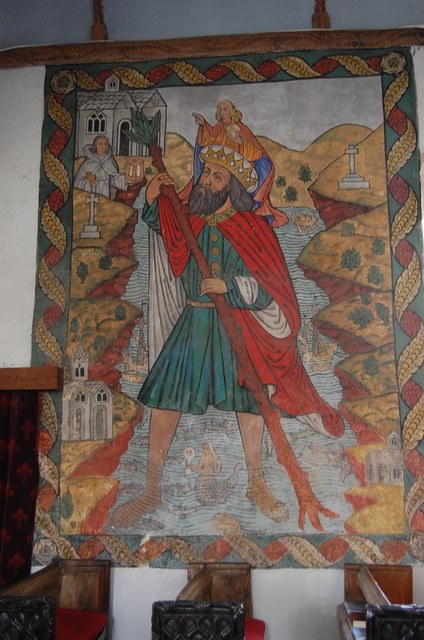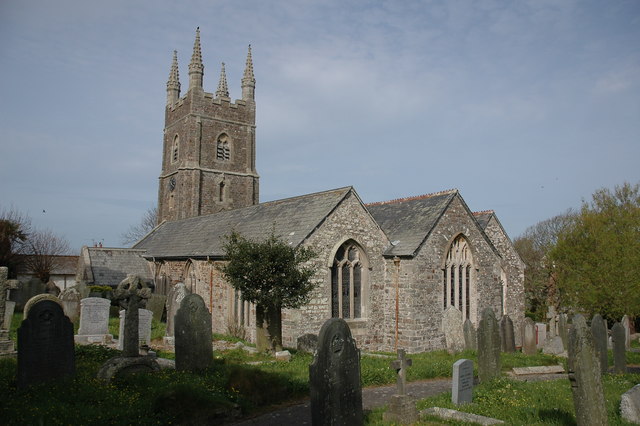Bush
Settlement in Cornwall
England
Bush

Bush is a small village located in the civil parish of St. Tudy, within the county of Cornwall, England. Situated in the picturesque Cornish countryside, Bush is nestled amongst rolling green hills and lush farmland. It is part of the Cornwall Area of Outstanding Natural Beauty, known for its breathtaking landscapes and charming rural communities.
With a population of just over 200 inhabitants, Bush is a close-knit community where residents enjoy a peaceful and idyllic lifestyle. The village is surrounded by stunning natural beauty, making it a popular destination for those seeking tranquility and a connection with nature.
The village itself consists of a scattering of traditional stone cottages, many of which date back several centuries, adding to the area's rustic charm. The nearby St. Tudy Church, a Grade I listed building, is a prominent feature in the village and adds to its historic appeal.
While Bush may be small in size, it offers a range of amenities for its residents and visitors. The local pub, The St. Tudy Inn, is a popular gathering spot, known for its warm hospitality and delicious traditional Cornish cuisine. Additionally, there are several walking paths and trails that wind through the surrounding countryside, providing opportunities for outdoor enthusiasts to explore the area's natural wonders.
Overall, Bush, Cornwall, offers a peaceful and scenic retreat from the hustle and bustle of city life, with its charming village atmosphere and stunning natural surroundings.
If you have any feedback on the listing, please let us know in the comments section below.
Bush Images
Images are sourced within 2km of 50.84246/-4.510089 or Grid Reference SS2307. Thanks to Geograph Open Source API. All images are credited.







Bush is located at Grid Ref: SS2307 (Lat: 50.84246, Lng: -4.510089)
Unitary Authority: Cornwall
Police Authority: Devon and Cornwall
What 3 Words
///hazy.confirms.refrain. Near Flexbury, Cornwall
Nearby Locations
Related Wikis
Bush, Cornwall
Bush is a hamlet in the parish of Bude-Stratton, Cornwall, England, UK (where the 2011 census population is included). == References ==
Battle of Stratton
The Battle of Stratton, also known as the Battle of Stamford Hill, took place on 16 May 1643, at Stratton in Cornwall, during the First English Civil War...
St Olaf's Church, Poughill
St Olaf's Church is a Church of England parish church in Poughill, Bude, Cornwall. It is a Grade I listed building. == History == The font dates to the...
Poughill
Poughill (pronounced "Pofil" or "Puffil") is a village and former civil parish, now in the parish of Bude-Stratton, in the Cornwall district, in north...
Nearby Amenities
Located within 500m of 50.84246,-4.510089Have you been to Bush?
Leave your review of Bush below (or comments, questions and feedback).











